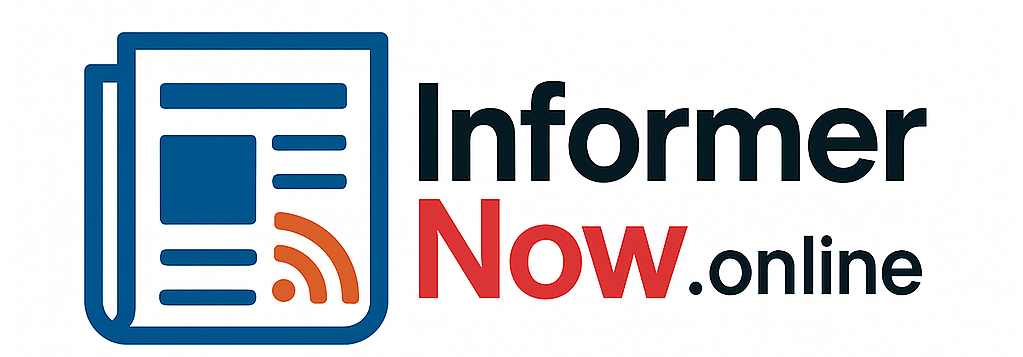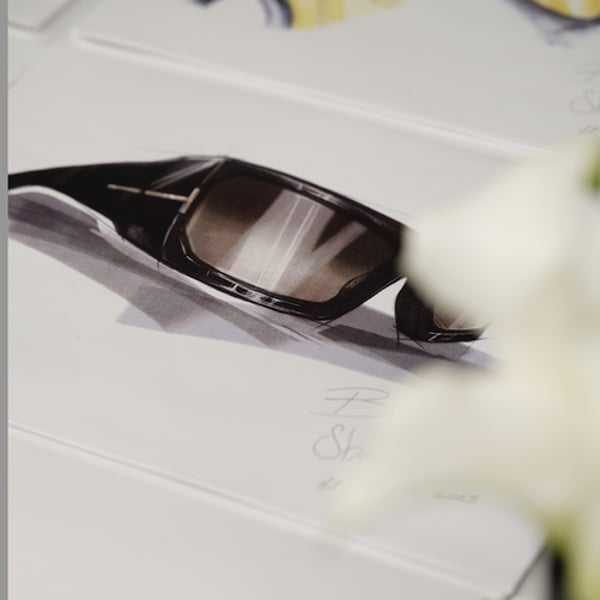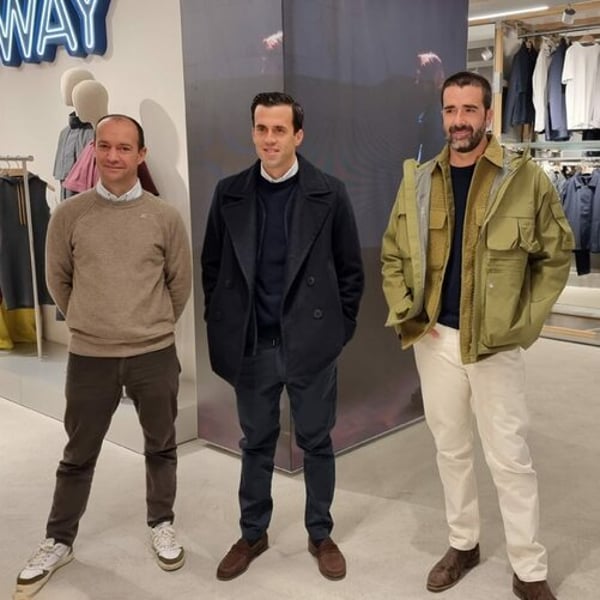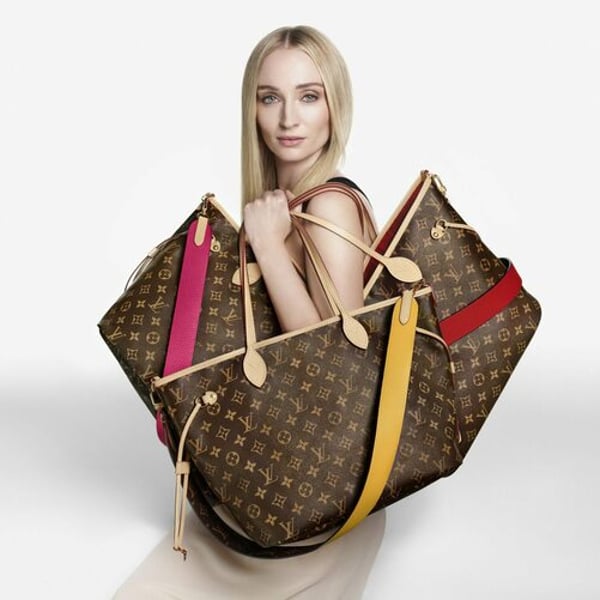Published
October 27, 2025
No, we haven’t rewound to the 1990s. If Kipling’s little monkeys are reappearing on the metro and in school playgrounds, it’s because the brand is marking its comeback in the leather goods sector.

Weakened by the coronavirus crisis, Kipling weathered lower volumes while keeping operations running. After lockdown, the brand capitalised on schools reopening and the revival of tourism to reinvigorate sales. Now present in 80 countries, with over 450 boutiques and 7,500 points of sale, Kipling has been regaining momentum since 2023.
Two global campaigns for its comeback
In 2024, Kipling kicked off its return with a global campaign entitled “Guess who’s back”, putting its signature monkeys centre stage. Centred on the keyring, the campaign anticipated the global Labubu craze- a cute yet fearsome little mascot to hang on your bag or keys- by several months. “It’s a coincidence, but we took advantage of it,” jokes vice-president Domitille Parent.

In September 2025, Kipling launches a second international campaign, “Follow your monkey” (“suis ta folie” in French), spotlighting its monkeys and its products. For the occasion, the brand takes over the Marais with a dazzling pink pop-up, in partnership with Wild Buzz Agency, followed by a presence on the sixth floor of Galeries Lafayette. As well as offering discount vouchers and complimentary keyrings, Kipling taps into the nostalgia of women aged 35 to 40.
Differentiation through materials
“At first, the designer thought the little monkey attached to the bag would be removed by customers,” says Domitille Parent. In fact, it helped inspire the Kipling name, and today it appears in collectible limited editions. While the monkey is an integral part of Kipling’s DNA, the brand also continues to refine the product itself. The bags across its ranges are made from lightweight, crinkled nylon that stands out from competing offerings, according to the brand’s vice-president. “In the handbag market, leather remains the most prevalent material,” she says.

Initially hugely popular in Asia (China, Japan) in the 1990s, the brand shifted its development to building a global presence after its acquisition by VF Corp (which also owns Eastpak) in 2004. Integrated into the group’s Global Packs division, it then invested in numerous boutiques around the world.
Continued growth since the Covid era
While Kipling operates directly in the French market, it collaborates with 37 distributors worldwide to ensure its presence. According to its vice-president, the brand is in vogue in North and Latin America, Europe, the Middle East and East Asia. In the Gulf countries and Latin America, children’s products are particularly sought after. “Our customer buys her own handbag as well as bags for her children,” summarises Domitille Parent. Overall, the children’s segment accounts for 25% of the brand’s turnover.

Most of the bags are produced in Vietnam and Indonesia, with materials sourced in Asia, including Taiwan. Product design and marketing are handled in Antwerp (Belgium), where the brand was founded, by a team of 40 people. The brand generated €250 million in revenue in 2024 and has averaged 6% annual growth in the post-Covid period.
This article is an automatic translation.
Click here to read the original article.
Copyright © 2025 FashionNetwork.com All rights reserved.







